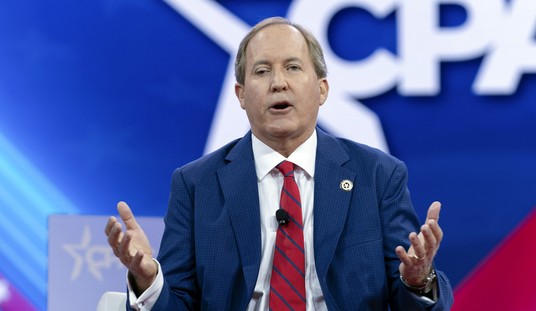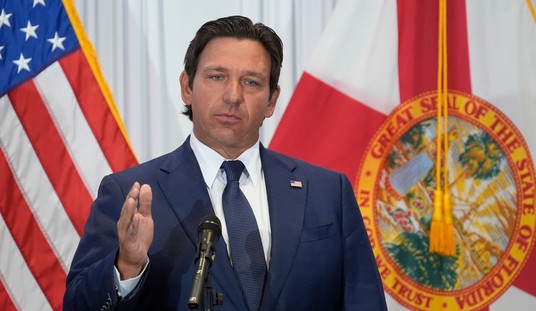Medicare Board of Trustees member Charles Blahous released a Mercatus Center report on March 5 recommending states take advantage of the U.S. Supreme Court’s June 2012 Patient Protection and Affordable Care Act (PPACA) ruling by mostly rejecting the law’s Medicaid expansion. Blahous concluded that states “all appear to face one common, powerful incentive arising from the court’s ruling: to decline to cover childless adults at or above the FPL [federal poverty line] under Medicaid.”
Blahous summarized states’ PPACA Medicaid expansion options in the following flow chart. Click for a full-size version of the image.
Blahous warned that it is not reasonable to count on promised PPACA Medicaid expansion funding given the federal government’s fiscal situation. “In determining whether to expand Medicaid, however, states must also consider the likelihood that federal financing support may ultimately be reduced from current schedules, shifting additional costs to states,” he wrote.
Blahous added, “From a practical perspective, it is quite unlikely that the federal government will make the full amount of Medicaid payments now scheduled under law. The federal government has now run four consecutive years of unsustainable deficits exceeding $1 trillion annually; most influential national policy makers and analysts acknowledge the need for substantial changes to current policies to avoid uncontrolled debt growth in future years.”
Although Governor John Kasich, a Republican, has insisted Ohio must expand Medicaid to help the poor and can roll back the expansion if Washington reduces funding, Blahous wrote, “Medicaid, CHIP, and the ACA’s new health exchange subsidies are leading contributors to the mounting federal fiscal problem, such that it is unrealistic to expect that federal deficits can be contained without these programs’ growing costs being scaled back.”
In his report, Blahous explained the Medcaid program as it stands currently, the vast expansion of the entitlement program written into President Obama’s 2010 health law, and considerations states should weigh when deciding whether to pursue promised PPACA Medicaid expansion funding.
“Through the enactment of the ACA, federal lawmakers sought to considerably expand the numbers of those insured by Medicaid. The ACA added a large category of individuals to those that a state Medicaid program must cover: essentially all those with incomes below 133 percent of the FPL who were not previously eligible. Such individuals were to be covered under Medicaid beginning on January 1, 2014,” Blahous wrote. “With the law also providing for an income exclusion equal to 5 percent of the FPL, the ACA effectively expanded Medicaid eligibility to those with an income lower than 138 percent of the FPL.”
Blahous noted that in early 2012, the Congressional Budget Office (CBO) estimated full Medicaid expansion in every state – forced by a PPACA provision making all Medicaid funding contingent on expanding eligibility – would add 17 million additional Americans to Medicaid.
“In the same report, the CBO projected that the coverage expansion would result in $931 billion in additional federal expenditures for Medicaid and the Children’s Health Insurance Program (CHIP) in the years 2014 to 2022 alone,” Blahous wrote.
When the Supreme Court ruled in June 2012 that existing federal Medicaid funds could not be tied to Medicaid expansion, states were given the freedom to opt out of the PPACA Medicaid expansion entirely or in part.
“Left intact, however, was the ACA’s inducement: the generous federal match rate—100 percent in the first three years and 90 percent over the long term—applied to the Medicaid coverage expansion,” Blahous wrote. “The court’s decision soon brought into focus a critical question: Would all the states aggressively expand Medicaid per the terms of the ACA now that it was no longer compulsory?”
After citing projections that states’ Medicaid expansion costs could amount to between three and four percent of their total Medicaid expenditures through 2020, Blahous wrote, “Either percentage would be small relative to the accompanying increase in federal costs and also relative to states’ total projected Medicaid budgets. But it would be an incremental push in the wrong fiscal direction at a time when many states have been struggling to lower Medicaid expenditures rather than increase them.”
“The interaction of various provisions of the ACA, in combination with the 2012 Supreme Court decision, now renders it unattractive for states to expand Medicaid to cover childless adults with incomes above 100 percent of the FPL. For the population with incomes above this level, there is a straightforward confluence of state interests; states can minimize their budgetary exposure by declining to cover this population under Medicaid, while at the same time providing these individuals access to potentially more generous health insurance coverage.”
Blahous then explained that subsidies provided through PPACA health insurance exchanges will be offered to individuals with incomes between 100 percent and 400 percent of the poverty line. Capping Medicaid eligibility for childless adults at 100 percent of the poverty line could, in theory, result in more flexibility for individuals served by the exchanges while limiting states’ new Medicaid costs.
“States, then, have a substantial incentive to see that their citizens with incomes above 100 percent of the FPL receive services through federally subsidized exchanges rather than through Medicaid,” Blahous continued.
Ultimately, all new federal spending will have to be paid for eventually – and conservative policy experts have pointed out for years that the federal government cannot afford the PPACA exchanges. Nonetheless, capping Medicaid eligibility at 100 percent of the poverty line is the route Wisconsin Governor Scott Walker chose to take.
As Brian Sikma of Media Trackers Wisconsin explained on February 20, 2013, “Placing more people on ObamaCare, as Walker’s program does, further exposes the financial weaknesses of the system. Already, the original Congressional Budget Office estimates for the cost of the federal exchange are being revised upward. Where the money to fund that will come from is not as clear-cut as ObamaCare architects led Congress and the public to believe.”
This story originally appeared at Media Trackers Ohio.













Join the conversation as a VIP Member